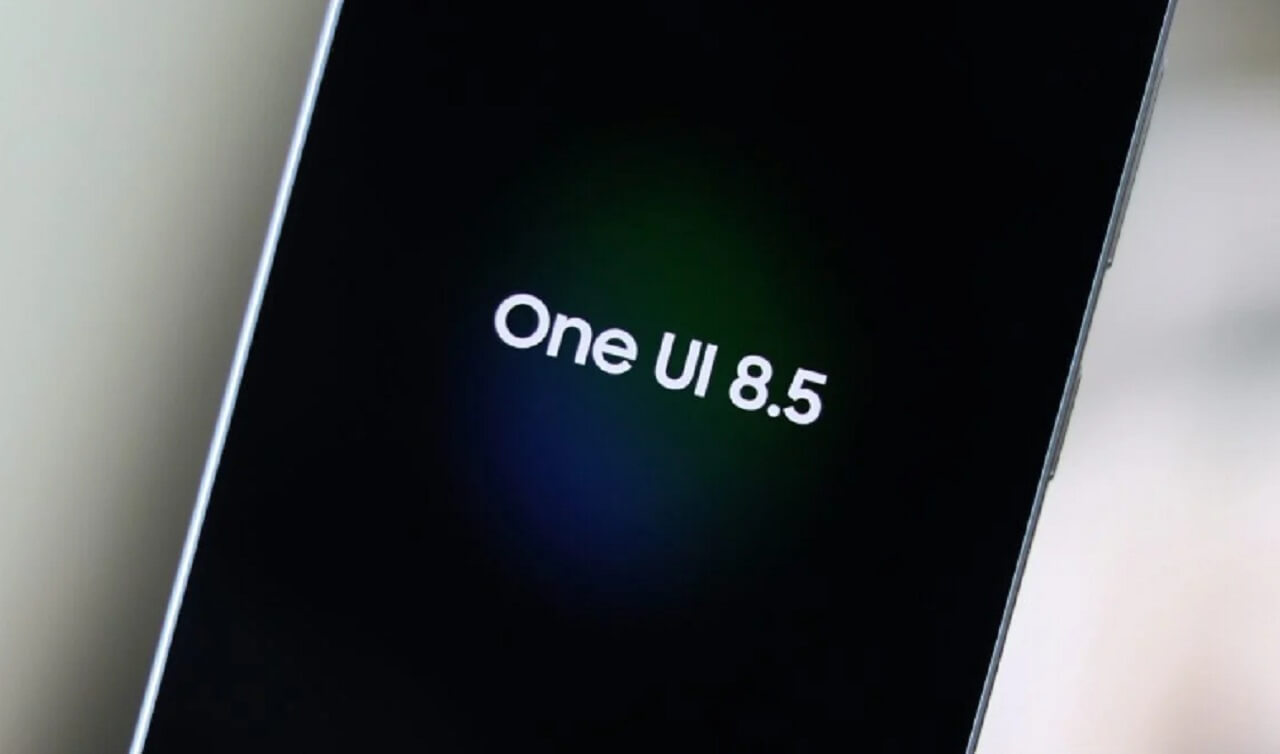Apple Inc. has announced a major reduction in production of its new iPhone Air, cutting output by over 80% through early 2026 due to “virtually no demand” for the device. The move is part of a strategic shift to focus on the upcoming iPhone 17 lineup. Analysts say the decision highlights challenges in Apple’s efforts to expand its iPhone portfolio in a saturated market. Supply chain partners have already begun scaling back shipments, while some components with long lead times are being discontinued entirely.
Production Cut and Strategic Shift
Apple’s decision to slash iPhone Air production is unprecedented for a newly launched model. The company originally positioned the iPhone Air as a premium, lightweight alternative to its core lineup, targeting consumers who preferred portability without compromising performance.
According to Nikkei Asia, the reduction will cut production by more than 80%, effectively halting most of the Air’s manufacturing. Resources are being redirected to support the iPhone 17 and iPhone 17 Pro models, which are scheduled for release in the coming months. This strategic pivot reflects Apple’s emphasis on consolidating its core products and reducing risk from underperforming lines.
Reactions from Analysts and Experts
Industry observers and Apple analysts have weighed in on the implications. Ming-Chi Kuo, a respected Apple supply chain analyst, confirmed the scale of the production cuts, describing them as one of the most significant adjustments in recent years.
Experts note that consumer response to the iPhone Air has been tepid. Despite its innovative “Air” branding, the device failed to generate excitement or strong pre-order numbers. Analysts suggest that the market for smaller, lighter premium devices may be more limited than Apple anticipated. One tech analyst commented, “Apple is refocusing on what sells best—its flagship models. The iPhone Air experiment simply didn’t resonate with buyers.”
Impact on Apple’s iPhone Strategy
The iPhone Air production cut is likely to influence Apple’s overall product roadmap. By reallocating manufacturing capacity and resources to the iPhone 17 series, Apple is signaling a return to tried-and-tested models that have historically driven revenue.
The strategic retreat also sheds light on challenges Apple faces in a competitive and saturated smartphone market. Introducing a new category, such as the “Air” series, carries the risk of low adoption. By concentrating efforts on its flagship devices, Apple aims to maintain strong market share and investor confidence.
Supply chain partners are already adjusting, with several component suppliers discontinuing production for parts unique to the iPhone Air. This immediate reaction underscores the depth of Apple’s pivot and its ripple effect across the global manufacturing network.
What’s Next for Consumers and the Market
Apple has not confirmed whether the iPhone Air will be permanently discontinued. However, availability is expected to remain limited, with current stock likely to sell out in the coming weeks. Potential buyers may find the device increasingly hard to obtain, while existing owners can continue to use their phones with full support.
Looking ahead, Apple’s attention will shift to the iPhone 17 series. Consumers can expect announcements regarding specifications, pricing, and release dates in the next few months. The company’s experience with the iPhone Air will likely inform future product innovation, emphasizing cautious market testing before launching entirely new models.













